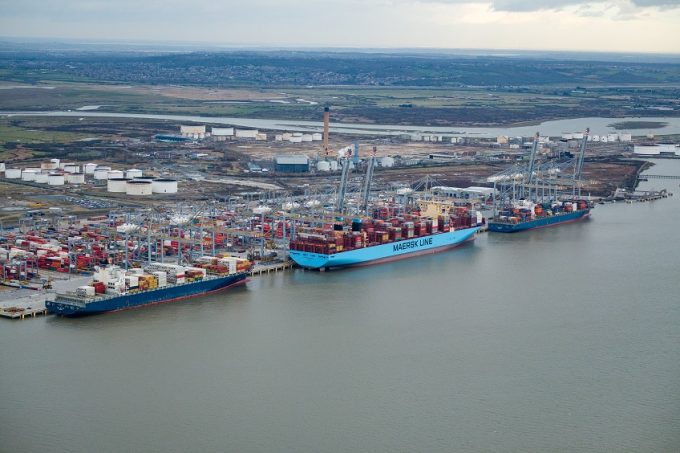Maersk u-turn as port congestion increases across Northern Europe
Just a few months after electing to swap its UK hub from Felixstowe to London ...

Changes to Asia-North Europe service networks, a knock-on from carriers’ aggressive blanking programmes, are “playing havoc” with the container supply chain, according to industry stakeholders.
With both 2M and THE alliance members having suspended loops to October, carriers are merging itineraries or adding extra calls on ...

Comment on this article